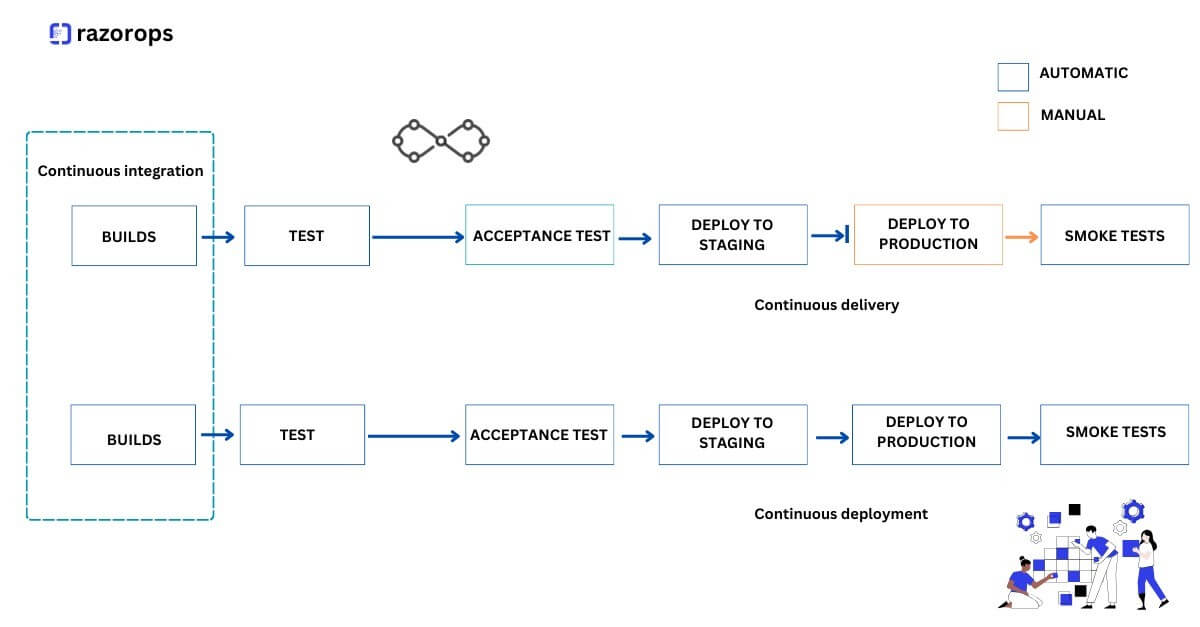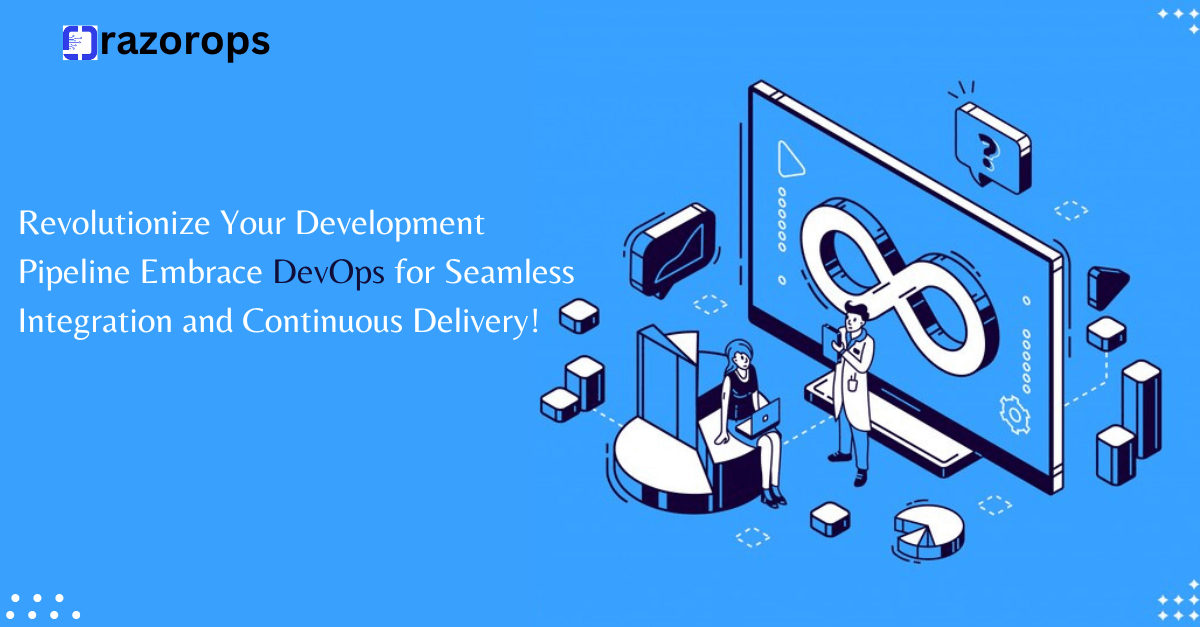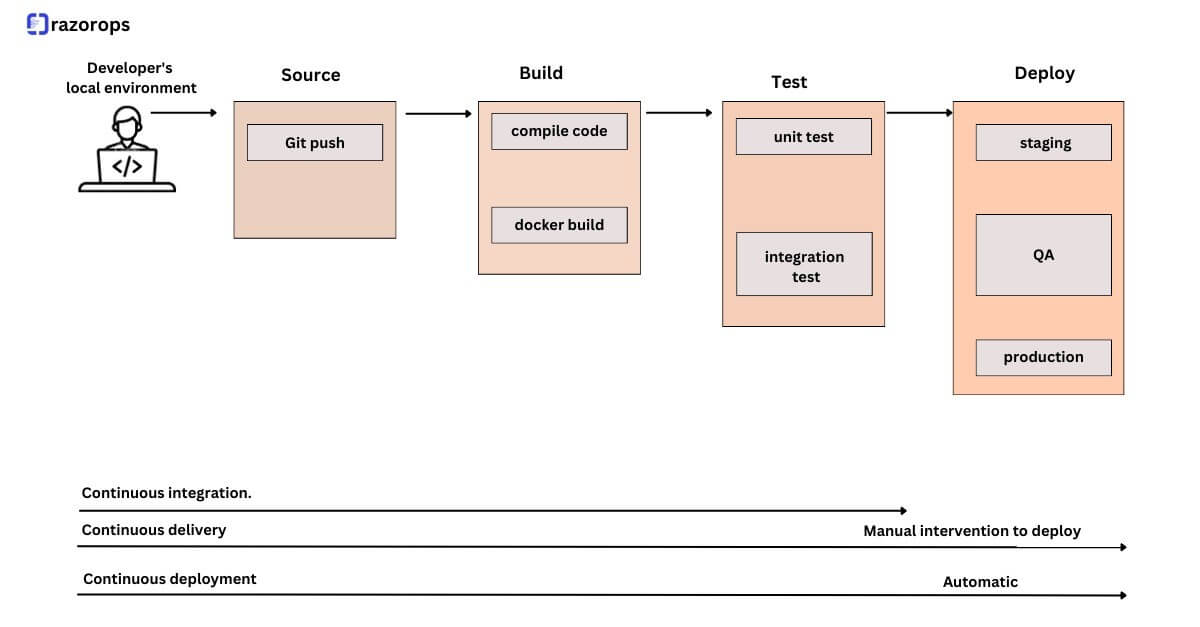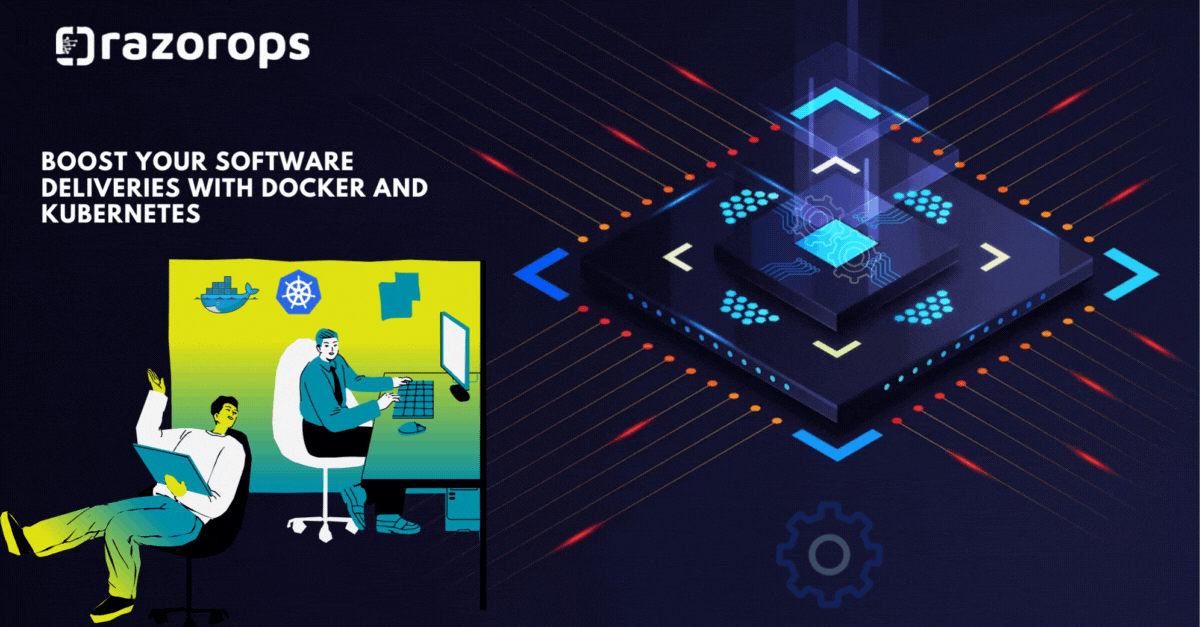What Is Continuous Delivery and How Does It Work?

What Is Continuous Delivery?
Continuous delivery (CD) is an application development practice that involves automatically preparing code changes for release to a production environment. Combined with continuous integration (CI), continuous delivery is a key aspect of modern software development. Together, these two practices are known as CI/CD.
Properly implemented CI enables developers to deploy any code change to testing and production environments late in the software development lifecycle (SDLC). Developers can thus rely on build artifacts that have passed standardized test processes and are ready for deployment.
With continuous delivery, developers can automate various tests (not just unit testing) to verify multiple aspects of software updates before releasing them to the customer. Automated tests might include API testing, load testing, functional and UI testing, integration testing, and so on. These tests help developers assess updates more thoroughly and identify issues before deploying a release to production.
In a cloud-based deployment, developers can easily and cost-effectively create and replicate multiple testing environments. When working on premises, dynamically creating test environments was traditionally more difficult. Kubernetes is helping organizations effectively automate CI/CD processes across clusters of nodes, both in on-premise data centers and in the public cloud.
What’s the Difference Between Continuous Delivery and Continuous Deployment?
Continuous delivery and continuous deployment are closely related concepts, indicating two levels of automation in a software development strategy.
Continuous delivery emphasizes automation that minimizes the manual effort required to deploy code changes. In a continuous delivery pipeline, developers create their code, it passes automated tests, and is then automatically integrated with a repository like a container registry or a binary repository. The operations teams can then deploy the code to the live production environment at the push of a button.
Continuous deployment emphasizes reducing the burden on operations teams to accelerate the application delivery process, expanding continuous delivery automation into the next SDLC stage. It typically includes automation of additional steps in releasing new software to minimize the manual processes required. For example, a continuous deployment pipeline may automatically release the development team’s changes from the repository to the production environment, where customers can use it. Continuous deployment is harder to achieve than Continuous Delivery as it automatically sends approved artifacts to production environments without any manual intervention.
What Is the Continuous Delivery Pipeline?
The continuous delivery pipeline has five primary phases:
-
Develop—a developer writes code with new or updated software functionality.
-
Commit—the developer commits the code to a version control system.
-
Test—the change undergoes multiple automated tests.
-
Stage—the change is deployed to a realistic environment for final testing.
-
Deploy—the change is deployed to a production environment.
The main identifying criterion of a true CD pipeline is that software can be deployed throughout its entire lifecycle. Any change to the software can be deployed to a testing or staging environment at the click of a button. Development teams receive fast feedback from automated tests, staging environments, and production environments, and can use this feedback to drive additional improvements. Follow RazorOps Linkedin Page Razorops, Inc.








